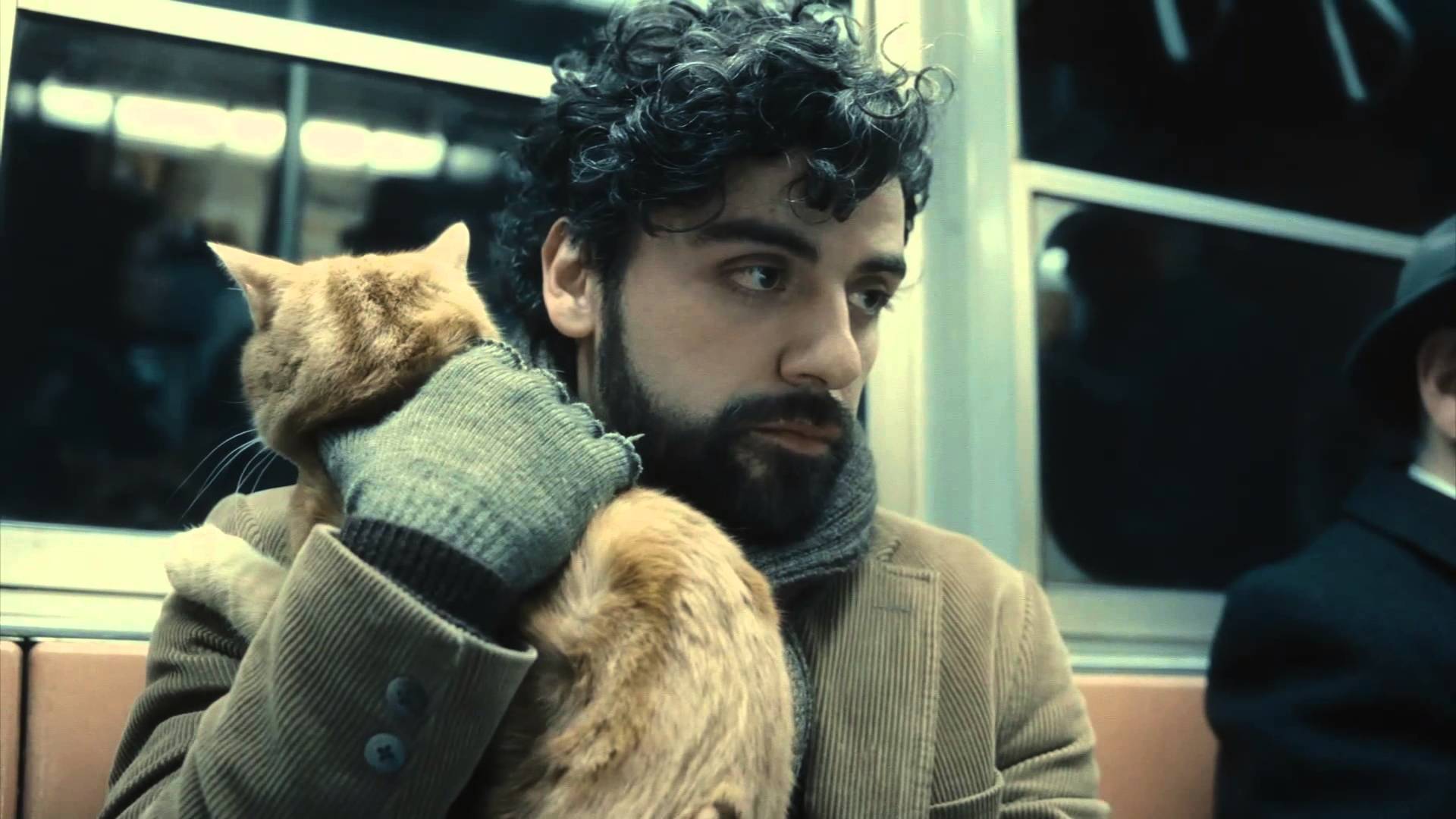
Now that the sun is setting on the 2010s it’s apparent that it was an astounding and simply stunning decade for cinema. There seemed to be no end to the awe-inspiring visuals lighting up living rooms, bijous, drive-ins, and multiplexes the world over.
Taste of Cinema’s tireless and exciting search for the most visually exquisite films of the past decade has been no easy charge, though several films stood out straight away. The assembled list presented here offers up films of dazzling depth, stirring symmetry, impeccable production design, gorgeous framing, and assured grace.
Please add any titles we overlooked in the comments section below (be nice!), but above all else, seek out those listed that you’ve missed out on and don’t skip a chance to see films where they should be seen; on the big screen!
25. Stray Dogs (2013)
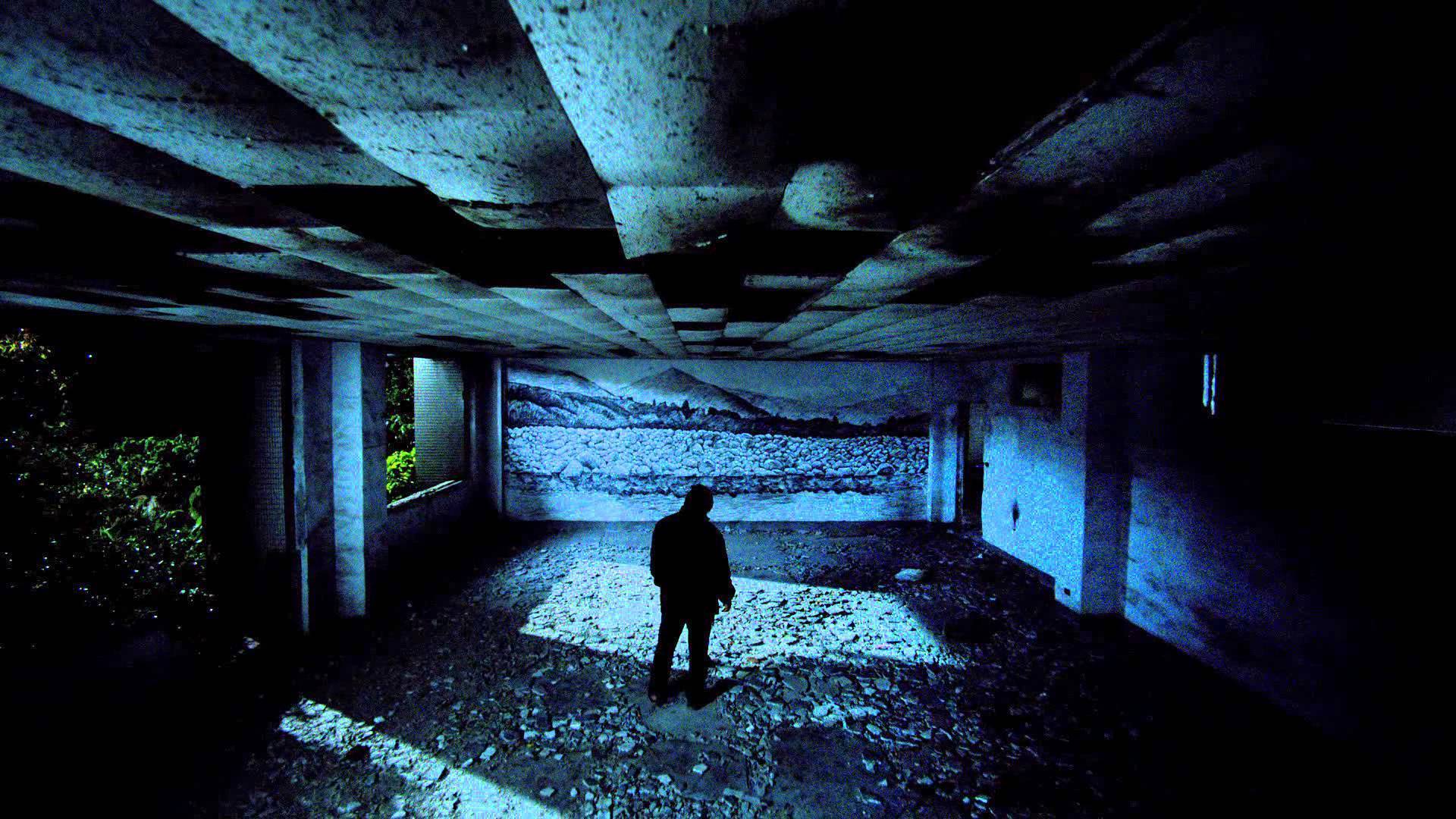
Tsai Ming-liang’s Stray Dogs is an operation of conscious, cold-blooded constraint. The Malaysian-born Chinese master of slow cinema demands you idle at this film’s peculiar pace, to quiet yourself to its rhyme, and wonderment awaits you if you can.
Opening on a protracted medium shot, the camera static, elegantly framed we see two children (actual siblings Lee Yi-chieh and Lee Yi-cheng) sleep while a woman (Yang Kuei-mei) brushes her silky hair, then she stops, then she stares. And stares. Eventually we discover that the father (Lee Kang-sheng) of these children is homeless. That his family is also homeless, and that their mother is missing or maybe a ghost (we are left to draw our own conclusions on this). He works for little pay holding a sign at a busy intersection while his kids dally unattended on their own till his shift is over.
Cinematographers Liao Pen-jung and Sung Wen Zhong create trying tableaus with very little camera movement at all, save for gentle pans. We watch characters eat entire meals, smoke entire cigarettes, piss, play, and become bored. Ennui is a part of the story, as Lee carries his signpost like a cross, we feel its burden, and how it must torture him.
Stray Dogs once seen, is confounding and difficult to lose sight of and not to be forgotten.
24. Monos (2019)
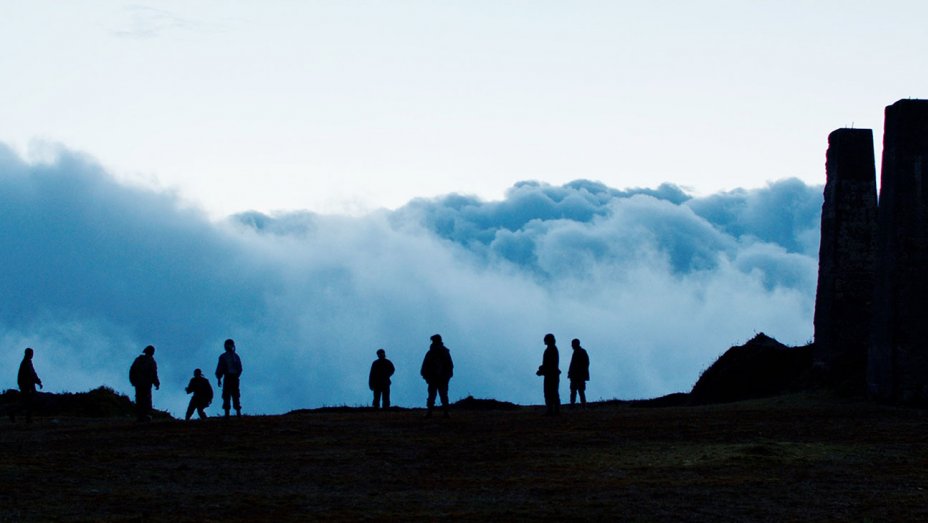
This atmospheric and dream-like antiwar mini-epic from the visionary Brazilian-born director Alejandro Landes (who co-wrote the film along with Alexis Dos Santos) unfolds like a beautiful dreamscape from another time and place. If you were to imagine what Werner Herzog’s take on Lord of the Flies might be like than you’ll enjoy splashing in the warm waters Landes generates in this unforgettable exploration of humanity set on the remote and expansive Monos, a Colombian mountaintop where eight child commandos armed with guns watch over a war prisoner of war (Julianne Nicholson).
Cinematographer Jasper Wolf presents breaktaking and wildly surreal visuals from the Colombian jungle and mist-shrouded mountaintops, while Landes’ cast on non-actors dominate the screen with their unclouded and candid faces in documentary-like portraiture of war orphans, these savage youth in revolt are given the perfect, ethereal and haunting background musical score from Mica Levi (Under the Skin, Jackie) making for one of the decade’s most moving and mercurial cinema experiences. Not to be missed.
23. La La Land (2016)
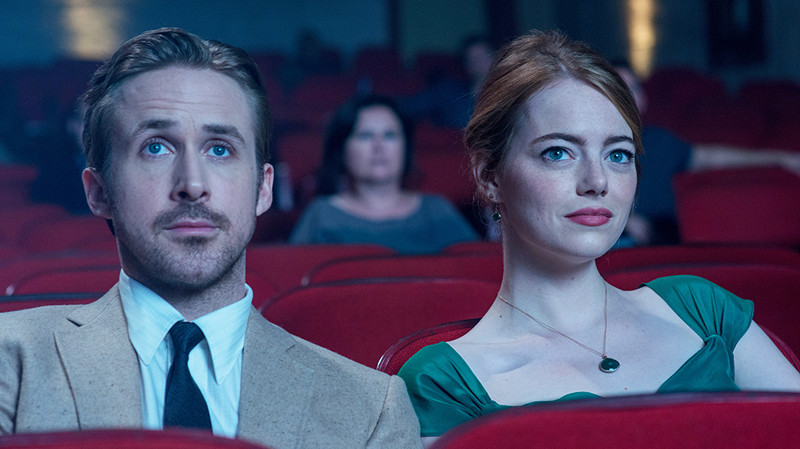
The gliding camera of cinematographer Linus Sandgren eddies and whorls with a stately simplicity in Damien Chazelle’s old-fashioned yet present-tense musical La La Land. Not since Jacque Demy’s The Umbrellas of Cherbourg (1964) has so visually distinct decor, primary-colored scrims, and aerated mise-en-scène looked so miraculous. Sure the engaging ensemble choreography and dreamy close-ups of Ryan Gosling and Emma Stone add to the novelty, nostalgia and cinematic sorcery on bright and brilliant pedantry, how could they not?
La La Land is a knockout that makes the “City of Stars” shine in a Cinemascope rhapsody, and full of feeling in a musical that’s in the noble and imposing tradition of Busby Berkeley. It may not quite reach those impassable heights but it dares to, and that’s more than enough.
22. Spring Breakers (2012)
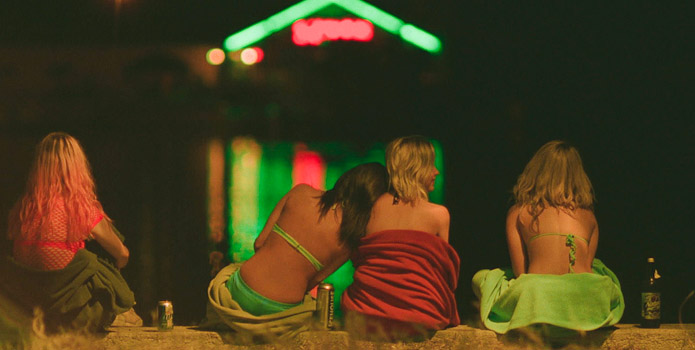
Harmony Korine’s Spring Breakers took us and a lot of people by complete surprise in 2012, with its neon-lit delusion taking on empty contemporary American ennui and fashioning a run-down but delicious rainbow with it.
Vanessa Hudgens is Candy, a college student who, along with her shallow pals, Brit (Ashley Benson), Cotty (Rachel Korine), and Faith (Selena Gomez), find themselves penniless leading up to spring break, and so they ill-advisedly rob a dinner to afford a trip down to Florida. Befriending a drug dealing, wannabe rap artist named Alien (James Franco), the gang alludes the law and embrace a bizarre life of crime, until… well, perhaps the less said the better. No spoilers here.
A word of advice for those who try watching this film and are easily put off by the film’s bratty slow build, work past the first 30 minutes and wonderful and very worthwhile awards will await you (not to mention the eye-popping visual delicacies!). Spring Breakers spins a seductive web, hewn with immense and colorful artistry in what Huffington Post critic Emma Seligman describes as “Scarface meets Britney Spears.”
21. The Love Witch (2016)
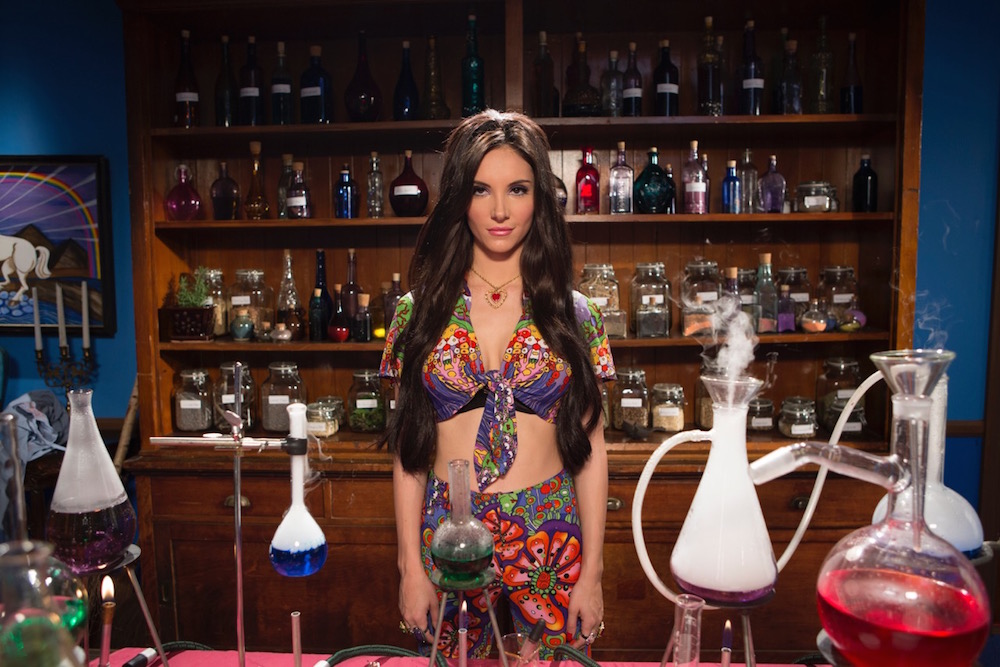
Anna Biller’s delightfully macabre exercise in sassy seduction and strange, vintage sensations feels like it was made in another era but adorned with bracingly modernistic designs. The Love Witch is stunning to see and thrilling to think about as it throws back to the Technicolor melodramas of the swinging 60s and the sexploitation cinema that supervened. Starring a smashing Samantha Robinson, who looks like she stepped out of the Golden Age of Hollywood era, she is note and picture perfect as Elaine, the eponymous witch.
Beautiful but bloodthirsty, Elaine is determined to find the man of her dreams and will cast spells and brew strange potions to manipulate the men around her until she finds her ideal muse, even if her mental health is in constant question.
Biller’s inspired and kaleidoscopic set design, sumptuous costumes, and deliberately superannuated aesthetic is a crafty coup de cinema, combined with an excellently effective soundtrack that makes The Love Witch a ravishing and ineffable entertainment, and one of the decade’s very best.
20. Upstream Color (2013)
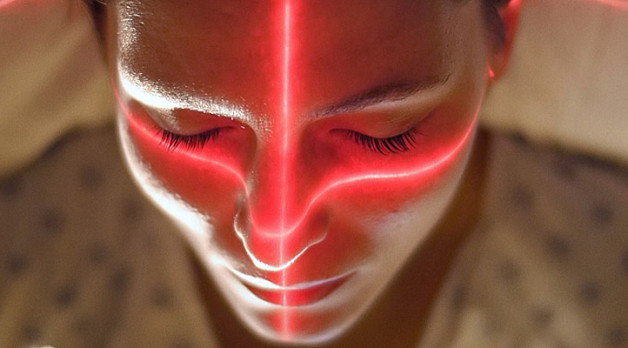
Shane Carruth’s Upstream Color is an otherworldly experience that will make the right kind of audience absolutely ecstatic and frequently fighting tears of joy and wonder when not wholly hypnotized by its visual versification and bold narrative.
Amy Seimetz shines as Alex, our put-upon protagonist who finds herself brainwashed into emptying her bank account by a thief (Thiago Martins) who uses a combination of drugs, parasites, and bizarre hypnagogic neuro-linguistic-type programming to dupe her.
Alex eventually regains herself and learns she’s not the only one who has been manipulated in this way to similar dubious ends. Drawn to Jeff (played by Carruth), the two are similarly uncertain of what they lost through their mind-meddling ordeal but, as their lives spiral and entwine, the film, like an amorous Möbius strip, outshines itself, and its heart reaches a hard fought and rather miraculous crescendo.
The artistry on hand is wondrous, with sequences of such aching, ingenious elegance. Upstream Color ranks high as one of the most transformative and spellbinding cinematic experiences of the decade.
19. The Duke of Burgundy (2015)
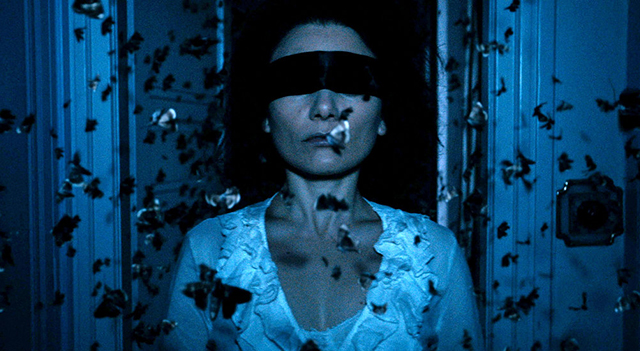
The third film from writer-director Peter Strickland (In Fabric [2019]) is a pastiche of erotic exploitation cinema from the 1970s––Jess Franco and Jean Rollin float to mind with soap bubble inertia––with no deficit of idiosyncrasy, imagination, or veiled decorum, either. Existing in a pocket universe inhabited wholly by women, The Duke of Burgundy offers up seemingly endless tactile pleasures at every velvety turn. Euro-smut has never looked so lovely, salacious, or finely detailed.
Nic Knowland’s generously overripe lensing, Pater Sparrow’s effete yet plush production design, and Mátyás Fekete nostalgic and almost gimmicky editing––featuring, for instance, freeze-frames that relax into fleshy pink ambiguity––make for an artificial world that moans with titillation and mystery at every inviting wheeze. This is a film of mystery, lucid dreaming, closed door transgressions, and artful fetish from an exciting cinematic pariah.
18. Black Swan (2010)
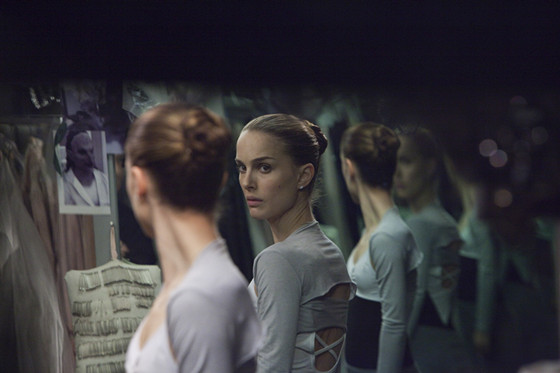
Arguably Darren Aronofsky’s finest film, Black Swan is a dark, dirge-like thriller pitting two ballerinas, Nina Sayers (Natalie Portman) and Lily (Mila Kunis), as rivals during a tumultuous production of Tchaikovsky’s highly-esteemed ballet, Swan Lake.
It’s a sweeping, creepy, and disconcerting film, chronicling amongst other themes; descent into madness, stifled femininity, patrist desires, mental and physical fatigue, and much more. There is considerable melodrama, too, and perhaps some calculable and regrettable clichés, of the type often found in formulaic competition films, but the dizzying cinematography and peerless performances make it easy to forgive any shortcomings of story. Aronofsky articulates and captures a thematically dense and illusory film of darkness, identity, duality, and divine will. On a visual and intuitive level, Black Swan bends the throttle.